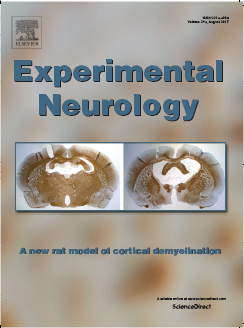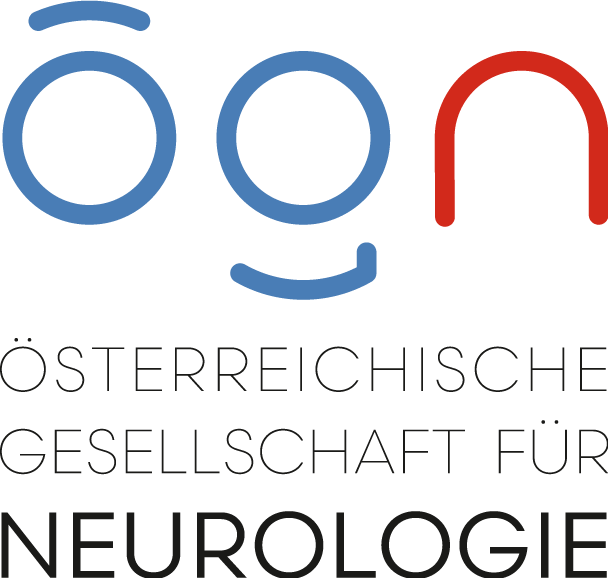Cortical demyelination is a common finding in patients with chronic multiple sclerosis (MS) and contributes to disease progression and overall disability. The exact pathomechanism that leads to cortical lesions is not clear.
Research is limited by the fact that standard animal models of multiple sclerosis do not commonly affect the cortex, or if they do in some variants, the cortical demyelination is rather sparse and already remyelinated within a fewdays. In an attempt to overcome these limitations we implanted a tissue-compatible catheter into the cortex of Dark Agouti rats. After 14 days the rats were immunized with 5 μg myelin oligodendrocyte glycoprotein (MOG) in incomplete Freund’s Adjuvant, which did not cause any clinical signs but animals developed a stable
anti-MOG antibody titer. Then the animals received an injection of proinflammatory cytokines through the catheter.

copyright elsevier
This led to a demyelination of cortical and subcortical areas starting from day 1 in a cone-like pattern spreading from the catheter area towards the subarachnoid space. On day 3 cortical demyelination already expanded to
the contralateral hemisphere and reached its peak between days 9–15 after cytokine injection with a widespread demyelination of cortical and subcortical areas of both hemispheres. Clinically the animals showed only discrete signs of fatigue and recovered completely after day 15. Even on day 30 we stillwere able to detect demyelination in subpial and intracortical areas along with areas of partial and complete remyelination. Loss of cortical myelin was accompanied with marked microglia activation. A second injection of cytokines through the catheter on day 30 led to a second demyelination phase with the same symptoms, but again no detectable motor dysfunction.
Suffering of the animals appeared minor compared to standard Experimental Autoimmune Encephalomyelitis and therefore, even long-term observation and repeated demyelination phases seem ethically acceptable.

